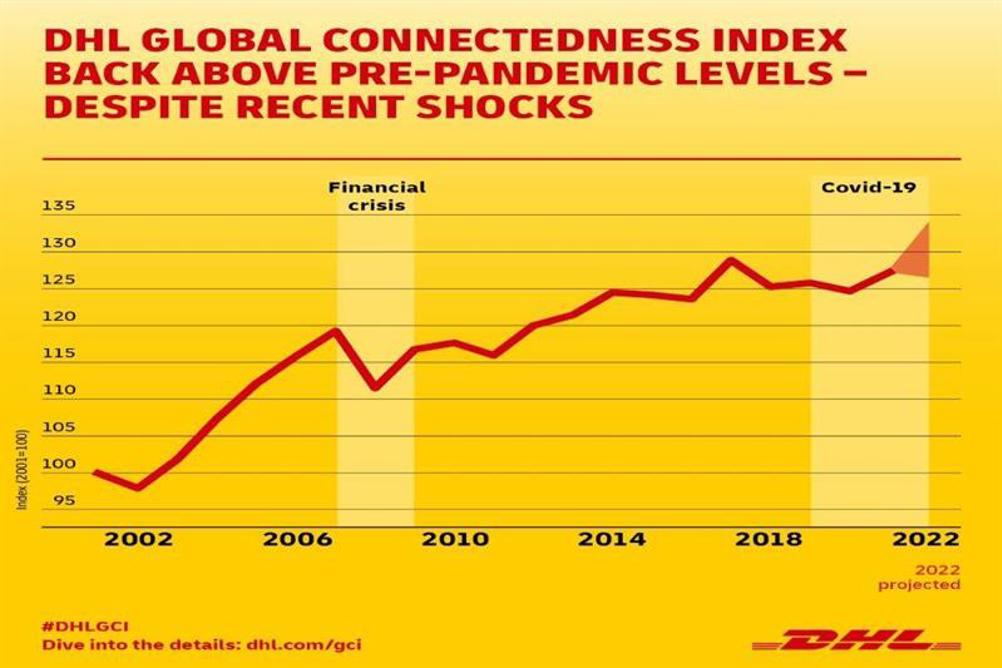
The research commissioned by DHL and authored by Steven A. Altman and Caroline R. Bastian of the New York University Stern School of Business based its findings on 4 million data points from 171 countries, accounting for 99.7% of global GDP and 96% of its population.
It found that international flows have been resilient with the index registering a slight decline in 2020 before recovering in 2021 and the most up-to-date data points point to a further increase in 2022, despite slower growth on some flows.
In mid-2022, international trade in goods was 10% above pre-pandemic levels and international travel remains 37% below 2019 but was double 2021 levels.
John Pearson, CEO of DHL Express says the data debunks claims that globalisation is declining adding that it is not a buzzword but a powerful force that has transformed our world for the better.
He says, “By breaking down barriers, opening up markets and creating opportunities, it has enabled individuals, businesses and entire nations to flourish and thrive like never before. As we continue to embrace globalisation, we can build a brighter future that benefits us all, creating a world that is more interconnected, more prosperous and more peaceful than ever before.”
One thing the index studied was the decoupling of the US and China, noting that flows have reduced and quite significantly in some areas but they are still linked by far greater flows of than any other countries that do not share a border.
It found that the shift from globalisation to regionalisation has not happened, at least not yet, and the average distance for trade, capital, information and people flows has increased over the past 2 decades and trade flows even stretched out over longer distances during the pandemic.
Altman, Senior Research Scholar and Director of the DHL Initiative on Globalization at NYU Stern’s Center for the Future of Management says it is an open question whether trade patterns will become more regionalised in the future.
He says, “Many companies and governments are focused on nearshoring to regionalise supply chains, and there are substantial business benefits that can come from regionalisation. On the other hand, more than half of all trade already happens within regions, and the benefits of long-distance trade are still important, especially as inflation remains high, economic growth has slowed, and container shipping rates have come back down.”
